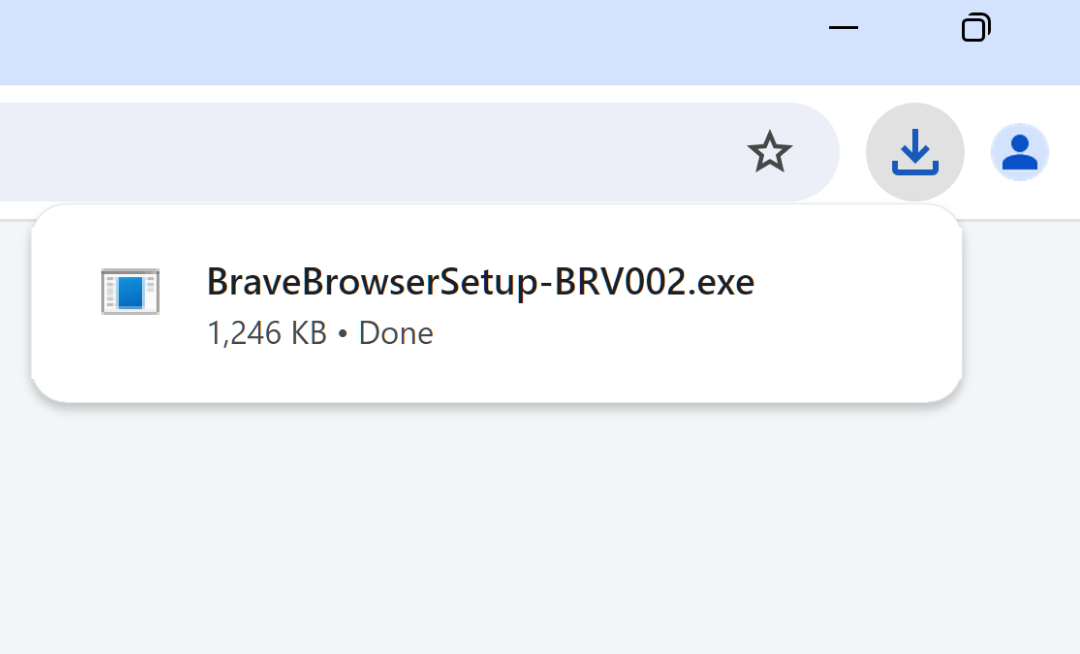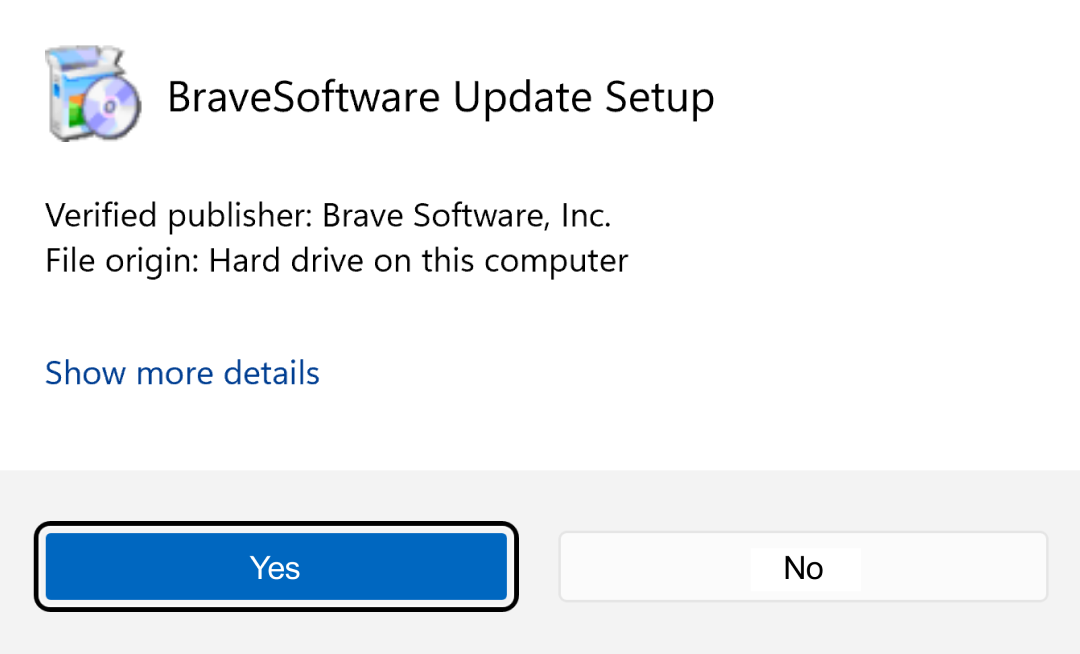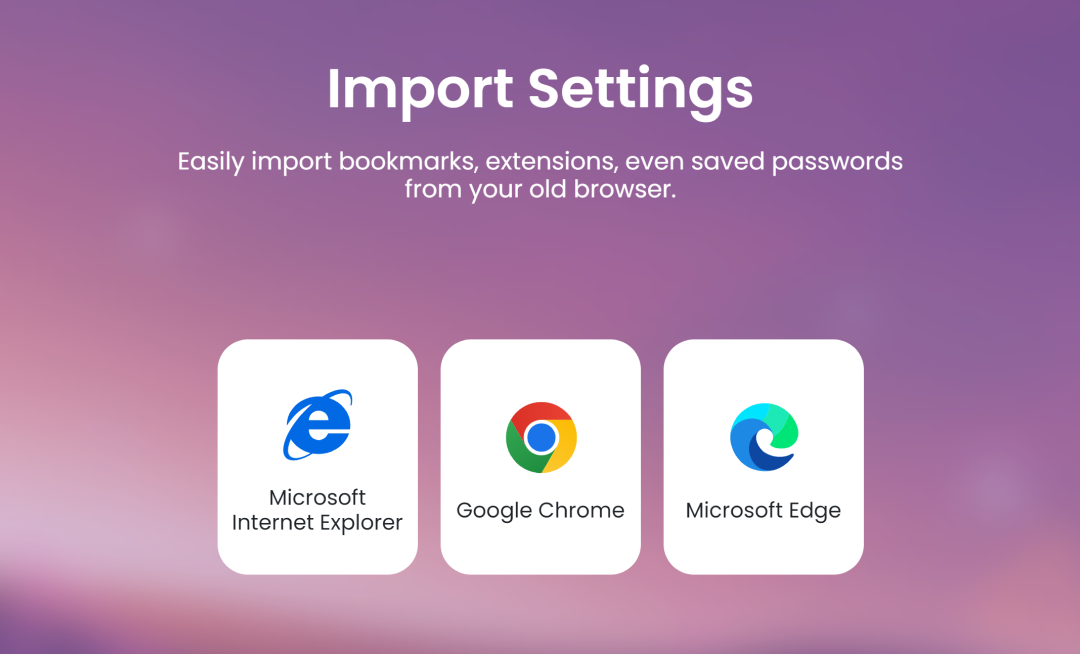Leo’s New Automatic Mode: Smarter AI That Adapts to Your Workflow
As we shared in our recent roadmap, Leo has evolved from a helpful browsing companion toward a smart, personalized collaborator, adapting to your workflow to help you be more productive. Now you’ll see in the latest release of Brave browser how Leo takes this collaborator approach further, intelligently choosing the right AI models for your specific needs.
New Automatic mode: Always the best model available
Leo’s new Automatic mode ensures you’re always using the most capable AI models available to you without having to research, evaluate, or manually switch as new models are released. As the AI landscape rapidly evolves with new and more powerful models, Automatic mode provides access to the best default option whether you are using Leo in the free tier or Leo Premium where the most advanced models are available to subscribers.
The Automatic option in the model selector provides intelligent defaults for convenience while always preserving your ability to manually select any specific model when desired. You’ll always be able to see which model was used, and you can immediately switch to manual selection and choose your preferred model, regenerate with any other model, or set your own default preferences at any time.
As we continue improving Automatic mode, it will become even smarter at matching the right model to your specific tasks. It currently routes images to vision-capable models appropriate for your access tier, and we’re adding routing capabilities for more context types like languages, code, and task-specific use cases like organizing browser tabs or conducting deep research.
Leo’s model evolution: Continuous improvement
Leo’s model offerings have continuously evolved to provide users with access to the most capable AI available:
| Timeline | Defaults | Upgrades | Key Capabilities |
|---|---|---|---|
| Fall 2023 | Free: Llama 2 13B Premium: Claude 2 Sonnet |
Initial Leo launch with Llama 2, Claude 2 Haiku and Sonnet | General conversation, basic tasks |
| Winter 2024 | Free: Mixtral 8x7B Premium: Claude 2 Sonnet |
Added Mixtral 8x7B to replace Llama 2 as default | Faster, higher quality responses |
| Summer 2024 | Free: Mixtral 8x7B Premium: Claude 3.5 Sonnet |
Upgraded Claude 2 in Premium tier to Claude 3.5 (Haiku and Sonnet), upgraded Llama to 3 | Enhanced reasoning, better creative writing, improved accuracy |
| Fall 2024 | Free: Llama 3.1 8B Premium: Claude 3.5 Sonnet |
Changed default for free tier access to Llama 3.1 to improve response quality | Enhanced coding, image analysis, multilingual support |
| Winter 2025 | Free: Llama 3.1 8B Premium: Claude 3.7 Sonnet |
Upgraded Claude Sonnet to 3.7, added Qwen 14B | Improved reasoning, better multilingual capabilities, faster processing |
| Spring 2025 | Automatic Selection | Upgraded Claude Sonnet to Claude Sonnet 4 and Qwen to Qwen 3, added Llama 3.2 Vision, DeepSeek R1 and Gemma 3 (soon), removed Mixtral, introduced smart routing. Eliminated 30-day retention for Claude models | Automatic intelligent routing, advanced reasoning |
Current Model Lineup:
- Llama 3.1 8B: General-purpose chat and content generation
- Qwen 3 14B: Advanced reasoning, coding, and multilingual support
- Claude Haiku 3.5: Lightning-fast chat optimized for speed
- Claude Sonnet 4 (Premium): Advanced analysis, creative writing, coding and reasoning
- DeepSeek R1 (Premium): Complex problem-solving and logic
- Llama 3.2 Vision: Image understanding and analysis
- Gemma 3: Multiple image analysis and more languages, to be released soon
With Automatic mode, you get the best of all these models without needing to track their individual strengths or manually switch between them unless you choose to do so.
Edit, regenerate, and refine
Building on Leo’s existing capabilities, you can now edit prompts and regenerate responses to get the best output for your needs. This workflow lets you:
- Start with Automatic mode to get an intelligent first response using the most capable model
- Regenerate with different models to compare approaches
- Edit your original prompt and try again
- Copy the best results into your projects and workflows
Complete model control with BYOM
For users who want ultimate control, Leo’s Bring Your Own Model (BYOM) capability lets you connect your own AI models—whether running locally on your device or hosted remotely. You can use frameworks like Ollama to run models directly on your device and connect them to Leo, keeping all data private. If you wish to use third-party APIs like OpenAI’s GPT-4, BYOM connects to them using your own key.
BYOM works seamlessly with Leo’s conversation UX and browser-native context handling features—you can even set your custom model as the default model for generating responses. Other Leo features will be integrated with BYOM soon, such as response regeneration and tab organization.
Privacy architecture that enables innovation
These new features are built on Leo’s unique privacy-first infrastructure:
- Our open models in the free tier—Llama, Qwen, and Gemma—run in Brave’s own secure AWS environment, configured to drop conversation data immediately when your session ends.
- DeepSeek and the Claude models operate through AWS Bedrock with the same zero-retention configuration.
Eliminating third-party data retention: We’ve eliminated the 30-day data retention that previously applied to Claude models under Anthropic’s standard API terms. By migrating Claude models to AWS Bedrock, all models now operate under identical privacy standards.
The result:
- No chats in the cloud: Your conversations and chat history are never stored on our servers. All data from query processing is lost after your response is generated, and your chat history exists only on your device in your local storage. Local chats can be temporary, meaning they aren’t kept in your local storage, and chat history can be disabled entirely so conversations don’t exist on your device or anywhere else after you close them.
- No context in the cloud: Unlike other AI assistants that require you to upload files or copy-paste content that gets stored on their servers, Leo works natively in your browser and can seamlessly access your browser tabs with page content and documents without storing that information on external servers.
- No logs: We don’t log your IP address or keep any server-side records of your Leo usage to retain, analyze, or share.
This combination of self-hosted and Bedrock-configured models creates privacy guardrails that matter to people who use AI for work, school or their personal workflows. In addition, our independence from any single model provider means we can adopt the best available options without being constrained by vendor lock-in or restrictive terms that limit what others can offer.
Transparency in automation
Automation in Leo is designed to respect your intelligence and agency. When Automatic mode selects a model, you see which one and can immediately try alternatives. When you regenerate responses, you can compare how different models approach the same task.
This transparency reflects our broader philosophy that the best personalized AI collaborator isn’t one that makes decisions for you. It’s one that makes you more capable of making your own.






